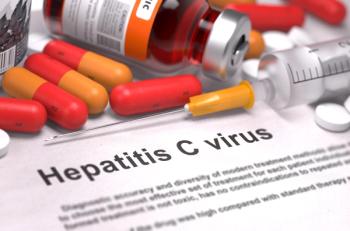
Artificial Intelligence Effective in Helping to Diagnose Rare Diseases
A new study finds that artificial intelligence diagnoses rare diseases quicker and with more accuracy.
Artificial intelligence (AI) may hold the key to diagnosing rare hereditary diseases more efficiently, according to a new study.
Approximately 500,000 children are born with a genetic disease every year and obtaining a definitive, accurate diagnosis can be difficult and time consuming—time that could be spent on treatment and therapy. Scientists from the University of Bonn and the Charité—Universitätsmedizin Berlin developed a neural network that uses portrait photos along with genetic and patient data that can diagnose rare diseases more efficiently and reliably than before.
Investigators compiled the data of 679 patients with 105 different genetic diseases such as mucopolysaccharidoisis, Mabry syndrome, and Kabuki syndrome. Each disease has facial abnormalities, which allowed researchers to use software that can detect facial characteristics from a photo. Using patient data, investigators were able to calculate with high accuracy which disease the patient has.
“In combination with facial analysis, it is possible to filter out the divisive genetic factors and prioritize genes,” Peter Krawitz from the Institute for Genomic Statistics and Bioinformatics at the University Hospital Bonn (UKB) said in a press release.
The network, named DeepGestalt, was developed by FDNA, an AI and digital health company. The software was trained with approximately 30,000 portraits.
"Patients want a prompt and accurate diagnosis. Artificial intelligence supports physicians and scientists in shortening the journey," said Dr. Christine Mundlos, deputy managing director of the alliance of patients with chronic rare diseases, said in the press release. "This also improves the quality of life of those affected to some extent."
Reference
University of Bonn. "How artificial intelligence can help detect rare diseases: Researchers show that using portrait photos in combination with genetic and patient data improves diagnoses." ScienceDaily. ScienceDaily, 6 June 2019. <www.sciencedaily.com/releases/2019/06/190606133805.htm>.
Newsletter
Stay informed on drug updates, treatment guidelines, and pharmacy practice trends—subscribe to Pharmacy Times for weekly clinical insights.




















































































































































































































